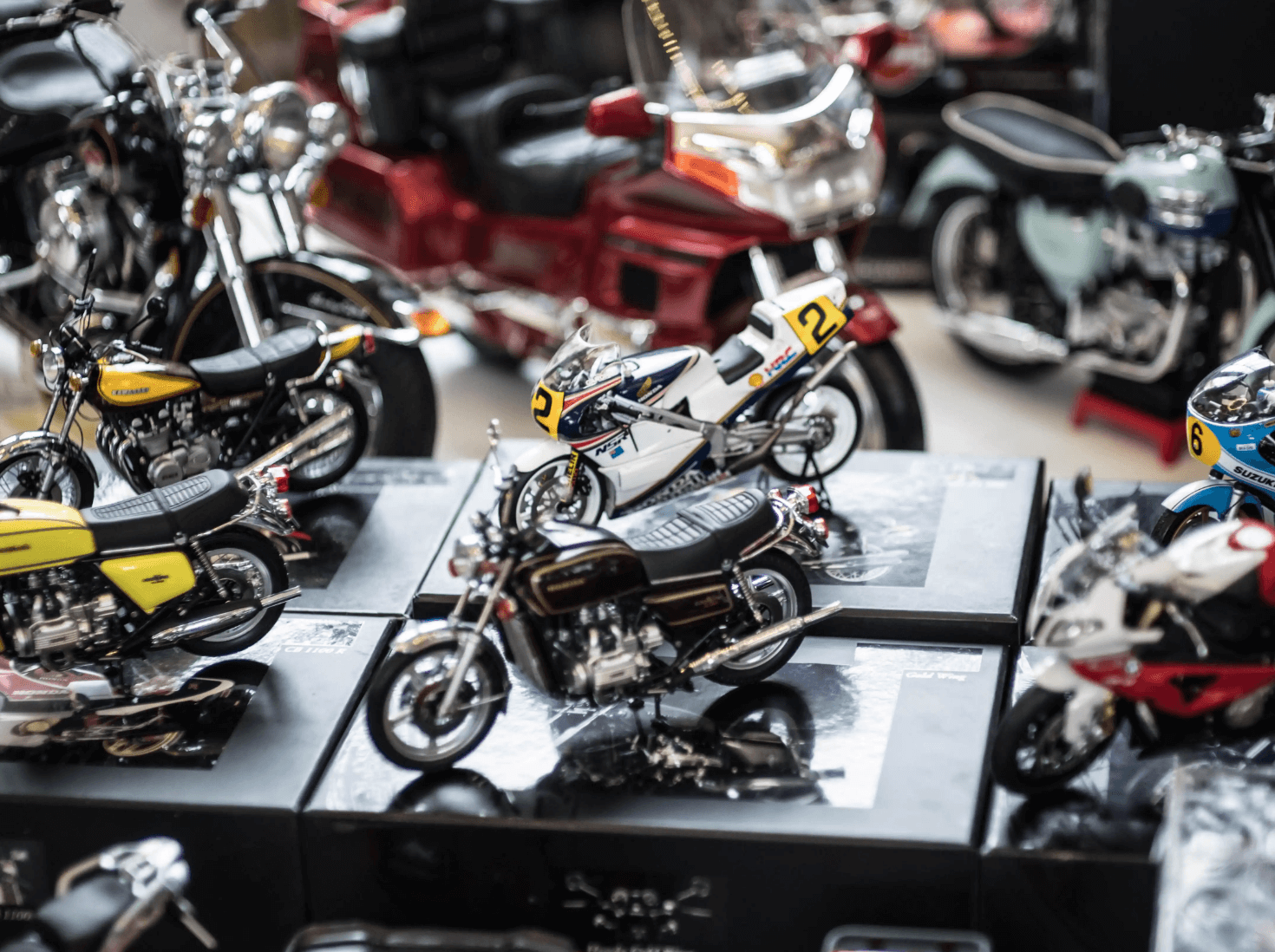In the realm of mechanical and electronic engineering, few components have managed to seamlessly marry power with precision quite like the DC geared motor. These compact yet mighty devices are the unsung heroes behind a vast array of modern machinery—from tiny robotic arms to large industrial conveyor systems. Their versatility is matched only by their ability to provide smooth, controlled motion, which makes them indispensable in today's technological landscape.

The core concept behind a DC geared motor is elegantly simple: it combines a standard direct current (DC) motor with a gear reduction system, converting high RPMs into lower, torque-rich output. Think of it as the motor's way of transforming rapid, lightweight spins into the dependable, forceful movement that drives everything from automated manufacturing equipment to precision medical instruments. But what makes the DC geared motor stand out is the intricate and often innovative gear systems used to achieve this transformation.
At the heart of many DC geared motors is a planetary gear system, renowned for its efficiency, compact size, and durability. Planetary gears consist of a central "sun" gear, surrounded by multiple "planet" gears rotating around it and engaging with an outer ring called the "ring gear." This configuration distributes load evenly, minimizes backlash, and allows for higher gear ratios in smaller packages. For applications demanding high torque within limited space, such as robotics or aerospace, planetary gearboxes are often the go-to solution.
The gear ratio—the relationship between the motor's input and output speeds—is a critical parameter when choosing a DC geared motor. A higher gear ratio means the motor can deliver more torque at the expense of speed. For instance, a 100:1 gear ratio implies that the motor's rotational speed is reduced by a factor of 100, while the torque output is multiplied accordingly. Engineers tailor these ratios depending on the specific application requirements, whether maximal speed, high torque, or a balance of both.
Customization is another fascinating aspect of DC geared motors. Manufacturers worldwide have developed a vast array of gearboxes with varying gear types—spur, helical, planetary, worm—and materials, to suit different operational environments. For example, worm gearboxes excel in providing high reduction ratios and self-locking features, making them ideal for applications where movement needs to be held without continuous power. Conversely, spur and helical gearboxes are known for their efficiency and quieter operation, which are crucial in precision equipment.
One of the most remarkable aspects of modern DC geared motors is their integration with electronic control systems. Today’s models often incorporate Hall sensors, encoders, or other feedback mechanisms, transforming them into servo motors capable of precise position, speed, and torque control. Such advancements have propelled robotics into new realms of capability, where fine movements and real-time adjustments are not just possible but routine.
Efficiency and energy consumption are also pivotal in the evolution of these motors. Cutting-edge designs focus on minimizing friction, optimizing gear lubrication, and utilizing lightweight materials to reduce power wastage. The result? Motors that not only perform better but also contribute to energy-saving initiatives. This progression aligns with global trends toward greener, more sustainable manufacturing processes.
The role of DC geared motors extends beyond automation and robotics. They are vital in renewable energy systems—think solar trackers that orient panels for maximum sunlight capture—and in medical devices that require precise, reliable functioning in constrained spaces. The automotive industry, especially in electric vehicles, leverages large, specialized geared motors for various functions, from power steering to wheel actuation.
Despite their sophistication, DC geared motors are approachable when it comes to maintenance and repair. Many manufacturers produce modular designs, allowing quick swap-outs of gearboxes or motors. Additionally, technological advancements have led to the development of sealed, lubricated gearboxes that require minimal upkeep for years of trouble-free operation.
As we look toward the future, the landscape of DC geared motors is rapidly evolving. Innovations in smart materials, ultra-compact gear systems, and integrated electronics promise even higher efficiency, smaller sizes, and smarter functionality. Researchers are exploring new gear materials that reduce noise and wear, while the integration of IoT (Internet of Things) features enables remote monitoring, predictive maintenance, and lifetime optimization.
This exploration into the world of DC geared motors reveals a fascinating intersection of mechanical ingenuity and electronic sophistication. These miniature powerhouses continue to underpin advancements across industries, empowering innovations that shape our daily lives. Whether in the autonomous robots of tomorrow or the precision medical equipment of today, DC geared motors are quietly powering progress with incredible finesse.
Established in 2005, Kpower has been dedicated to a professional compact motion unit manufacturer, headquartered in Dongguan, Guangdong Province, China.




































